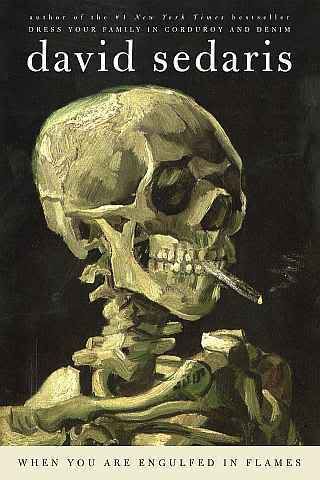As I picked up decade-spanning compilations, it was easy to see how we've defined our past half century through its popular music. You will likely never see a '70's compilation without Carole King on it. You will never see an '80's compilation without Duran Duran on it. While Rage Against the Machine won't make it onto too many '90's comps, it'd be better for most of them if they had. While Rage may be too hard for some listeners to deal with, the validity of their music eclipses the buzzbin output of most of their well-remembered contemporaries.
Even if the CD industry weren't bleeding to death, it's hard to imagine a '00's compilation. It's a frightening prospect to consider what passed for popular music over the past decade, and unlike the past few decades, that strong connection between society and its literal rhythm is weak, if not broken. Whereas Peter Gabriel, Tears for Fears, and others were what the 1980's sounded like, what does it sound like today?

These two albums ARE the contemporary sound. They are both dark but tender, cold but welcoming, progressive yet comfortable. They take familiar elements and build on them, creating vast, moody soundscapes that warp their imagery and structure something completely alternatative. Postemodernism is a gooey term that I don't use often, but it applies to these two works.
Two Suns is Bat for Lashes' second album. On her previous work, Natasha Khan's project sounded like an adapted Black Box Recorder; now her vocals have matured to a transendency exhibited by Kate Bush in her best days. The album opens with some absorbing numbers. 'Glass,' and 'Sleep Alone' are a great one-two opener; deep, dark, and shimmering. The synthesized sounds that create the glittery dance of the music provide the aura that Two Suns is dependent on. After the pop-bliss of 'Daniel,' the album slows down into a series of misty numbers that suggest smoke and mirrors. By this point though, the album has suspended your disbelief and the listening experience is pure magic.

The aesthetic experience of the album is mirrored in, what strikes me as a related work, Fever Ray. Check out the cover art and you'll see the similarities begin immediately with the lone figures acheiving a sort of tactile balance. This is the first album under the name, but Karin Dreijer Andersson, honed her music talents on 2006's exquitise album Silent Shout, by The Knife. The synths here delve deeper and explore darker, more subconscious territory than Bat For Lashes. In a way, Two Suns is a listening exercise for Fever Ray. The synth-drenched soundscapes supplement to form a unique cinematic environment. 'If I Had a Heart' plays like a march for Yeats' rough beast, and is about as radio-unfriendly a "single" as I've ever heard. 'When I Grow Up,' is a wonder in contrast. The imagery is lush and verdant, while the sound is glossy and cascading, the effect reminiscent of Blonde Redhead's trembling, yet strong vocal delivery. 'Dry and Dusty' adds further mass to the album and makes it completely inescapable from there on in. Listening to it is like listening to the music from John Carpenter's '80's flicks with their pulsing, suspenseful sound that is weighted with sinister promises.
Fever Ray is unquestionably a lonely, introverted album. Yet while most artists find either weepy, mopey guitar tunes or angry, shouty guitar tunes the best way to express those feelings, Fever Ray do neither. They create their own lonely sound and it is stupefyingly beautiful. Its bold confrontation of inner feelings in crisis and at odds with one another may be the best audio representation of our current cultural climate I've heard since Neon Bible.
While it certainly would never have gotten played on the band bus' boombox, the best, most defining music NEVER did. As our culture encourages isolation and the boombox's massive speakers die off like dinosaurs to give way to the highly individualized earbuds, Bat for Lashes and Fever Ray prompt musical evolution with a nostalgic look over their shoulder. They pay homage to the sound that brought us here, provide impressions of where "here" is, and look ahead with dark determination.



